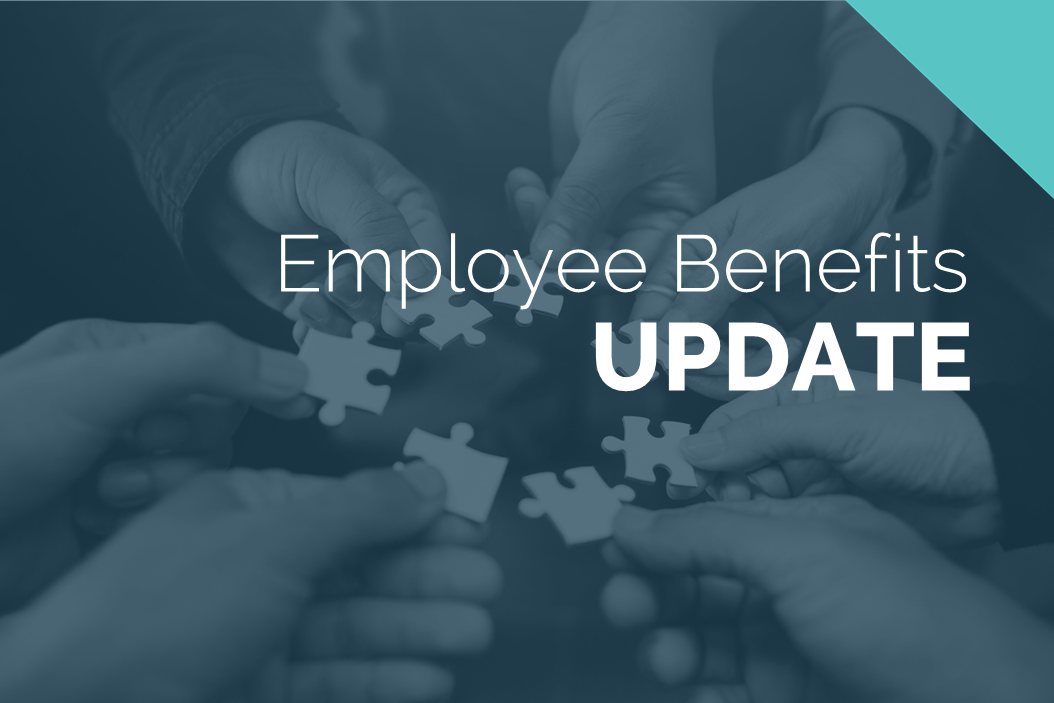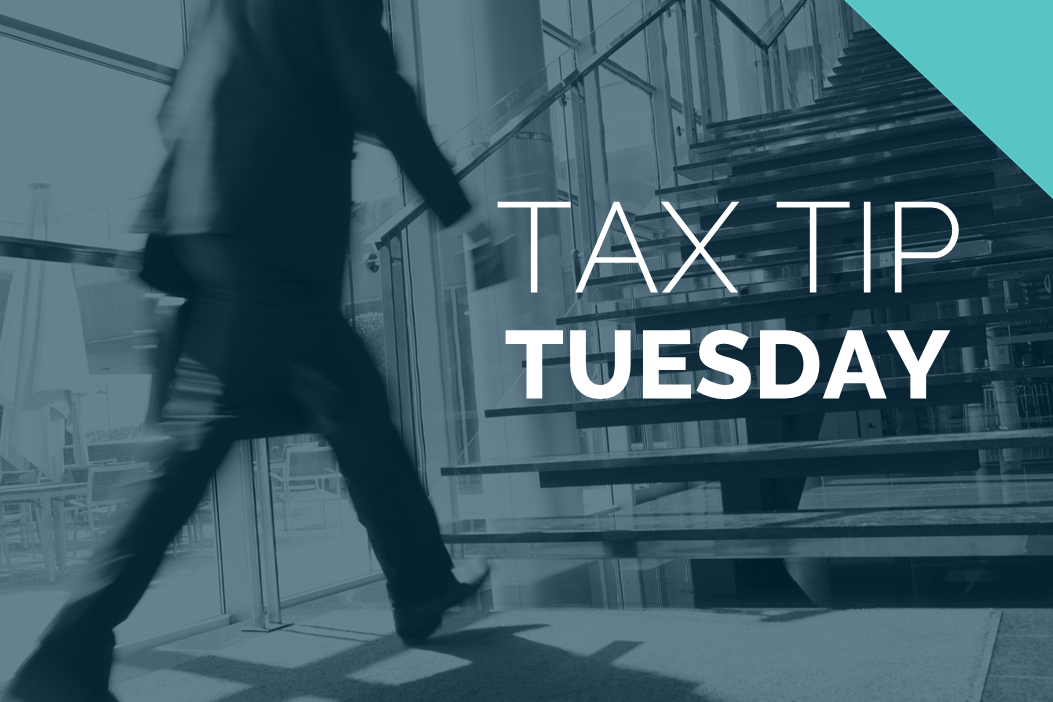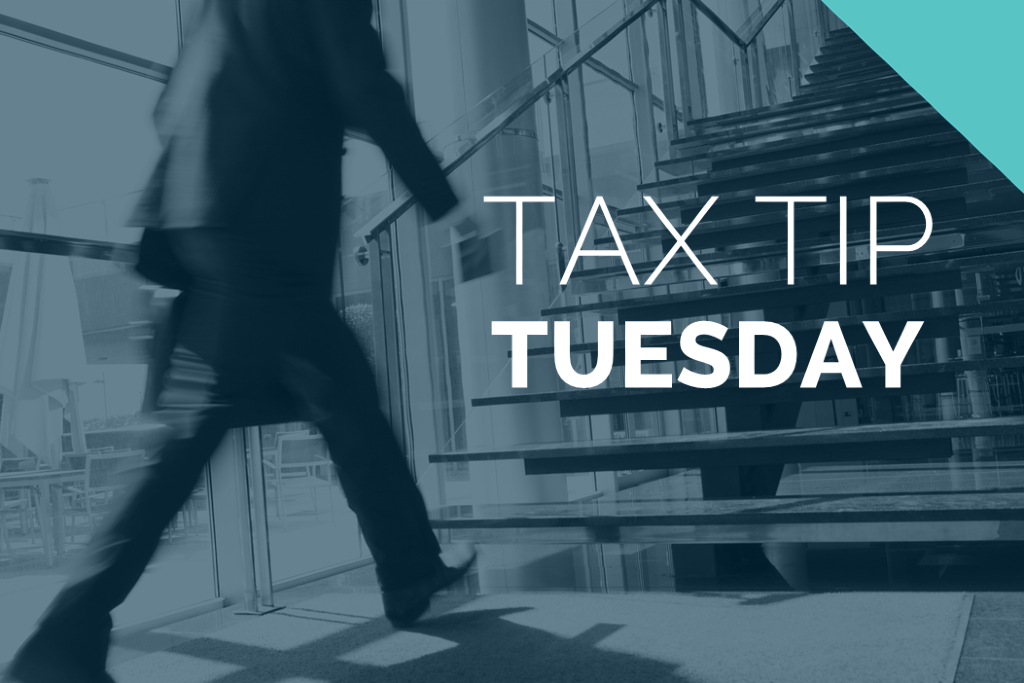Effective May 21, 2023, P&N has joined EisnerAmper. Read the full announcement here.

What is a hardship distribution?
Qualified retirement plans including 403(b) and 457(b) plans may, but are not required to, allow hardship distributions from the plan upon certain events. These events include the immediate and substantial financial need to pay medical or funeral expenses, to purchase a principal residence, to prevent foreclosure on a principal residence, or to pay tuition and education expenses.
What has changed?
In 2018, Congress passed the Bipartisan Budget Act of 2018 (BBA) which eased the criteria to receive certain hardship distributions. In fall 2019, the IRS published final regulations based on the changes made in the BBA. These final regulations impact a variety of important provisions related to hardship distributions. Specifically, the regulations provide guidance in the following areas:
- Modifying the safe harbor list of expenses and distributions that are deemed to be made for an immediate and substantial financial need by:
- Expanding distributees beyond family members by adding a "primary beneficiary under the plan" as one for whom qualifying medical, educational, and funeral expenses may be incurred;
- Including expenses for the repair of damage to the employee’s principal residence that would qualify for the casualty deduction; and
- Including loss of income as a result of a FEMA-declared disaster that occurs in the area of the employee’s principal residence or principal place of employment.
- Eliminating the requirement that prohibits participants from making elective contributions for at least six months following receipt of the hardship distribution. In addition, the regulations provide that a participant need not take all available plan loans prior to taking a hardship distribution.
- Permitting hardship distributions to be taken from elective contributions, qualified non-elective contributions (QNECs), qualified matching contributions (QMACs), together with earnings on such amounts, regardless of when contributed or earned.
What does this mean for me?
The regulations apply to hardship distributions made on or after January 1, 2020. However, plan sponsors may amend their plan retroactively to apply the regulations for distributions made on or after January 1, 2018. If you are plan sponsor or participant and have questions about how the changes to hardship distributions may affect your plan, please contact your P&N tax advisor.




